Alien planets are shrouded in hazes that hide clues to their makeup. Lab experiments could help clear the view. LongReads
“Most of the time, people treat these particles as nuisances,” says Lia Corrales, an astronomer at the University of Michigan, Ann Arbor. In a paper posted this month to the preprint server arXiv, Corrales and colleagues show how even slight changes to experimental conditions can. “Aerosols themselves have some of that [compositional] information because they have spectral shapes,” she says.
And so, Lewis grew it herself. As disappointingly flat exoplanet spectra trickled in, Lewis turned to Hörst, a close friend from graduate school who had just started to build her own tholin chamber for studies of Titan. Over the course of a year, Lewis worked to sell Hörst on modifying her setup to use the different gas mixtures and higher temperatures expected for looming exoplanet targets. Finally, in 2016, the team received funding from a new NASA exoplanet research program.
Researchers at Johns Hopkins University create hazes by irradiating gases in a steel chamber. The color of the haze particles offers clues to their composition.When He flips a valve, the gas mixture races down pipes, twirls around a heating coil, and flows through a stainless steel chamber the size of a water bottle. There, the gas is held at light pressures meant to simulate the thin air at the top of an atmosphere.
At the time, billions of years ago, Earth’s atmosphere was thought to be mostly nitrogen with some carbon dioxide, methane, and water vapor. That recipe would give rise to organic hazes similar to Titan’s and water clouds like those on Earth today. Arney ran climate models to simulate the effects of these aerosols on Earth-like planets.
United States Latest News, United States Headlines
Similar News:You can also read news stories similar to this one that we have collected from other news sources.
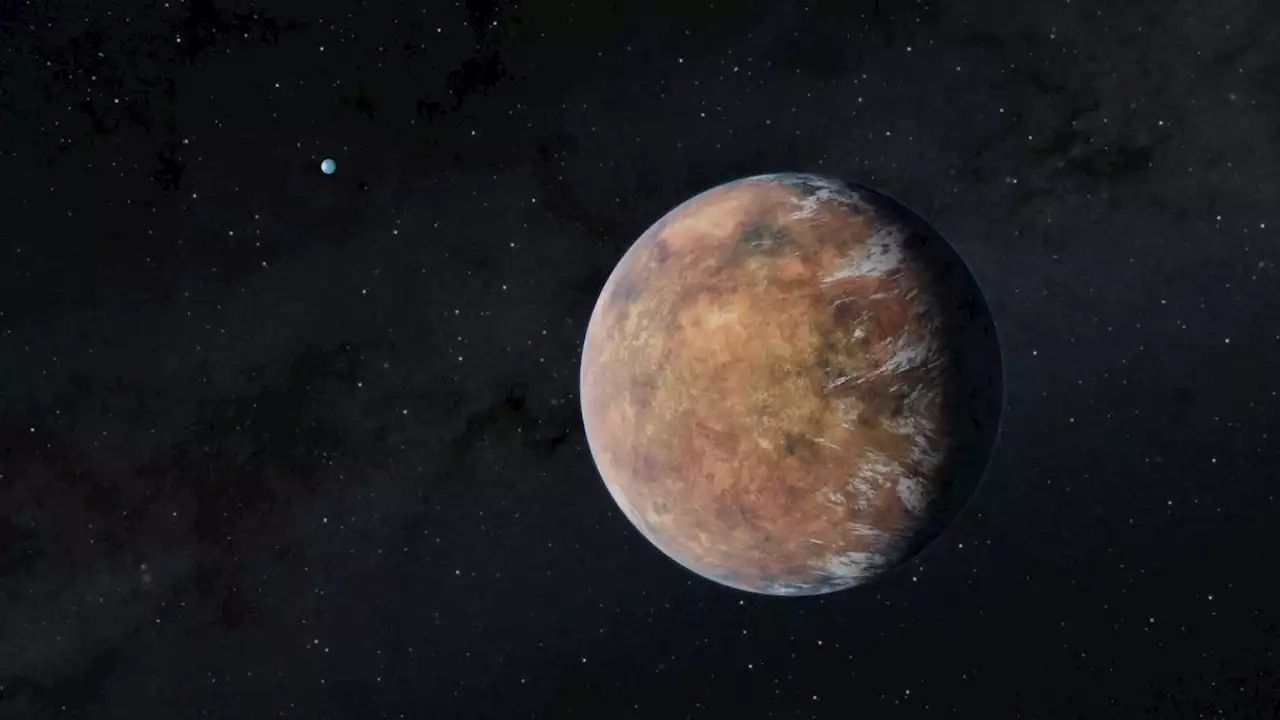 Astronomers find 2nd Earth-size planet in intriguing alien solar systemMeghan is a senior writer at Space.com and has more than five years' experience as a science journalist based in New York City. She joined Space.com in July 2018, with previous writing published in outlets including Newsweek and Audubon. Meghan earned an MA in science journalism from New York University and a BA in classics from Georgetown University, and in her free time she enjoys reading and visiting museums. Follow her on Twitter at meghanbartels.
Astronomers find 2nd Earth-size planet in intriguing alien solar systemMeghan is a senior writer at Space.com and has more than five years' experience as a science journalist based in New York City. She joined Space.com in July 2018, with previous writing published in outlets including Newsweek and Audubon. Meghan earned an MA in science journalism from New York University and a BA in classics from Georgetown University, and in her free time she enjoys reading and visiting museums. Follow her on Twitter at meghanbartels.
Read more »
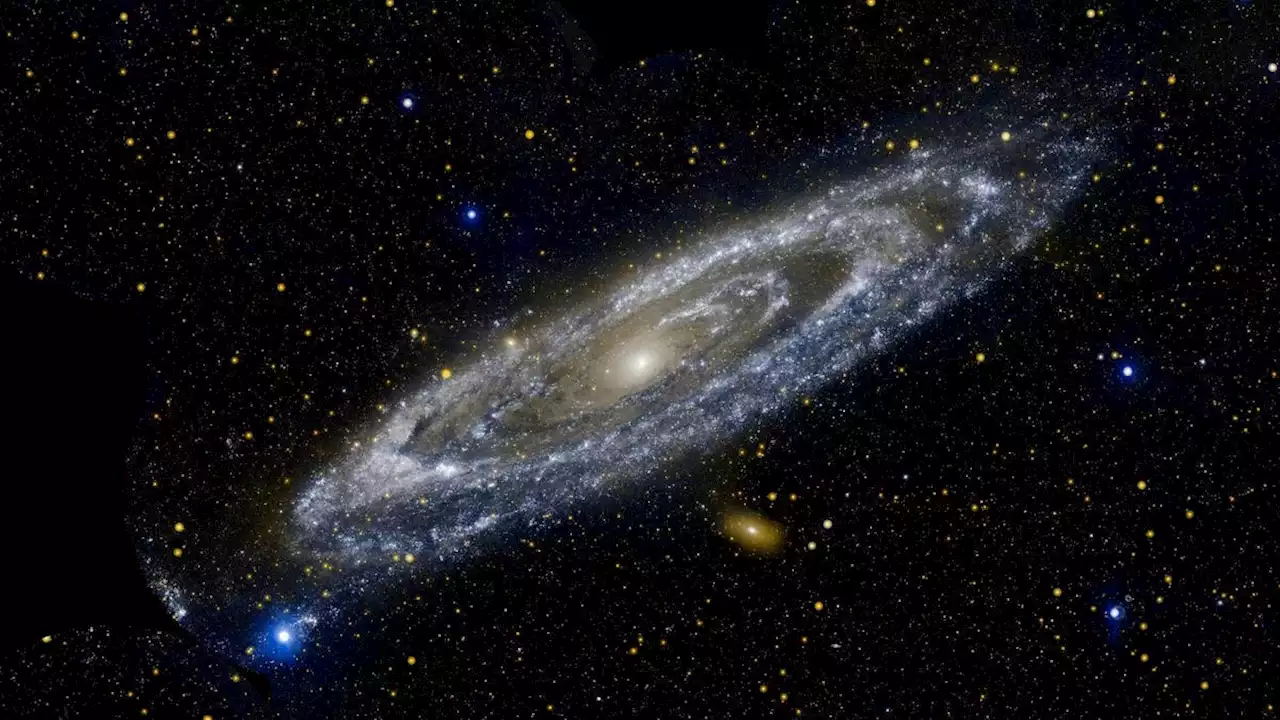 Astronomers Find the Edge of Our GalaxyNew research on pulsing stars has shifted the boundary of the Milky Way a few thousand light-years closer to the Andromeda galaxy.
Astronomers Find the Edge of Our GalaxyNew research on pulsing stars has shifted the boundary of the Milky Way a few thousand light-years closer to the Andromeda galaxy.
Read more »
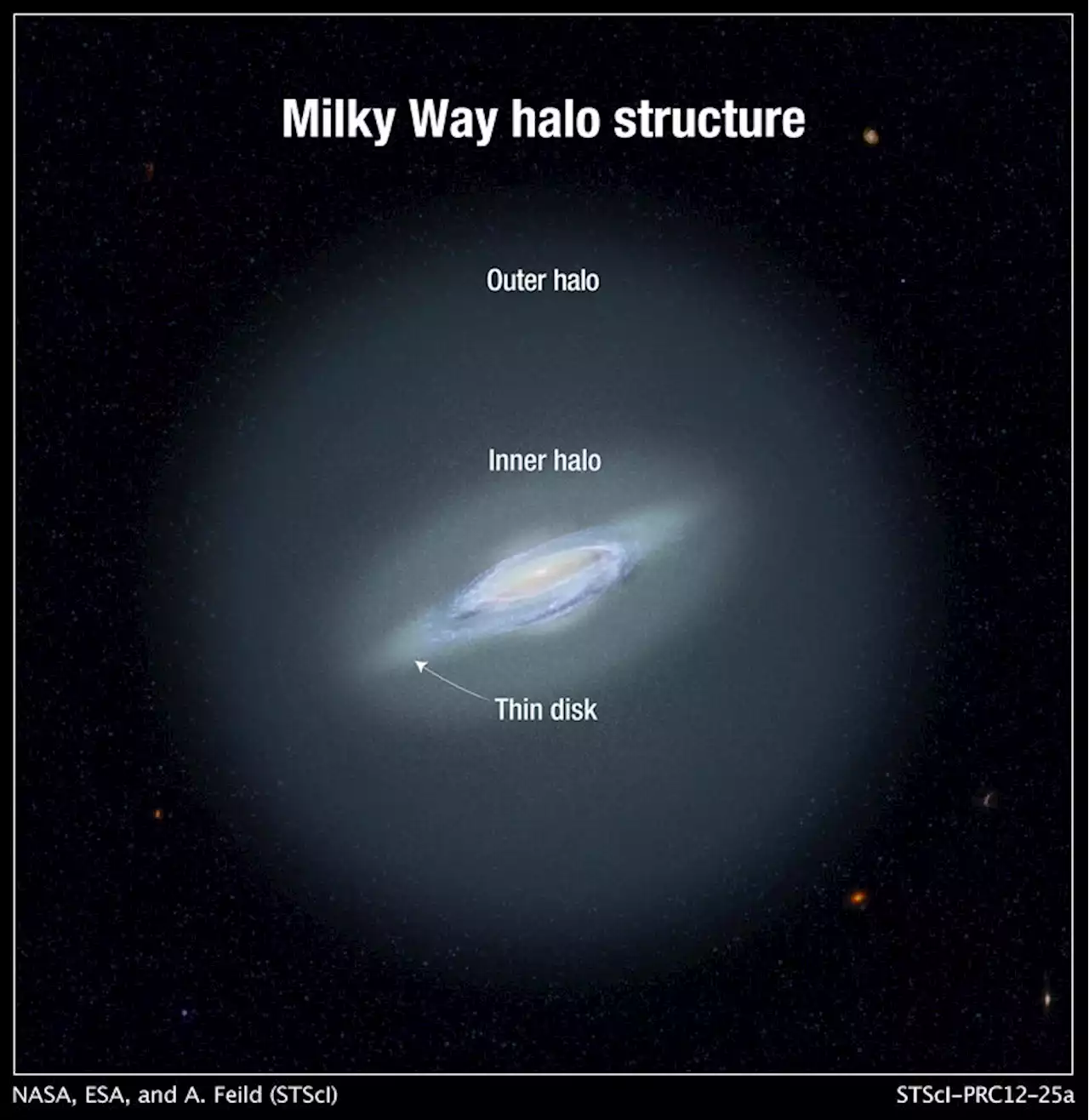 Astronomers find the most distant stars in our galaxy halfway to AndromedaAstronomers have discovered more than 200 distant variable stars known as RR Lyrae stars in the Milky Way's stellar halo. The most distant of these stars is more than a million light years from Earth, almost half the distance to our neighboring galaxy, Andromeda, which is about 2.5 million light years away.
Astronomers find the most distant stars in our galaxy halfway to AndromedaAstronomers have discovered more than 200 distant variable stars known as RR Lyrae stars in the Milky Way's stellar halo. The most distant of these stars is more than a million light years from Earth, almost half the distance to our neighboring galaxy, Andromeda, which is about 2.5 million light years away.
Read more »
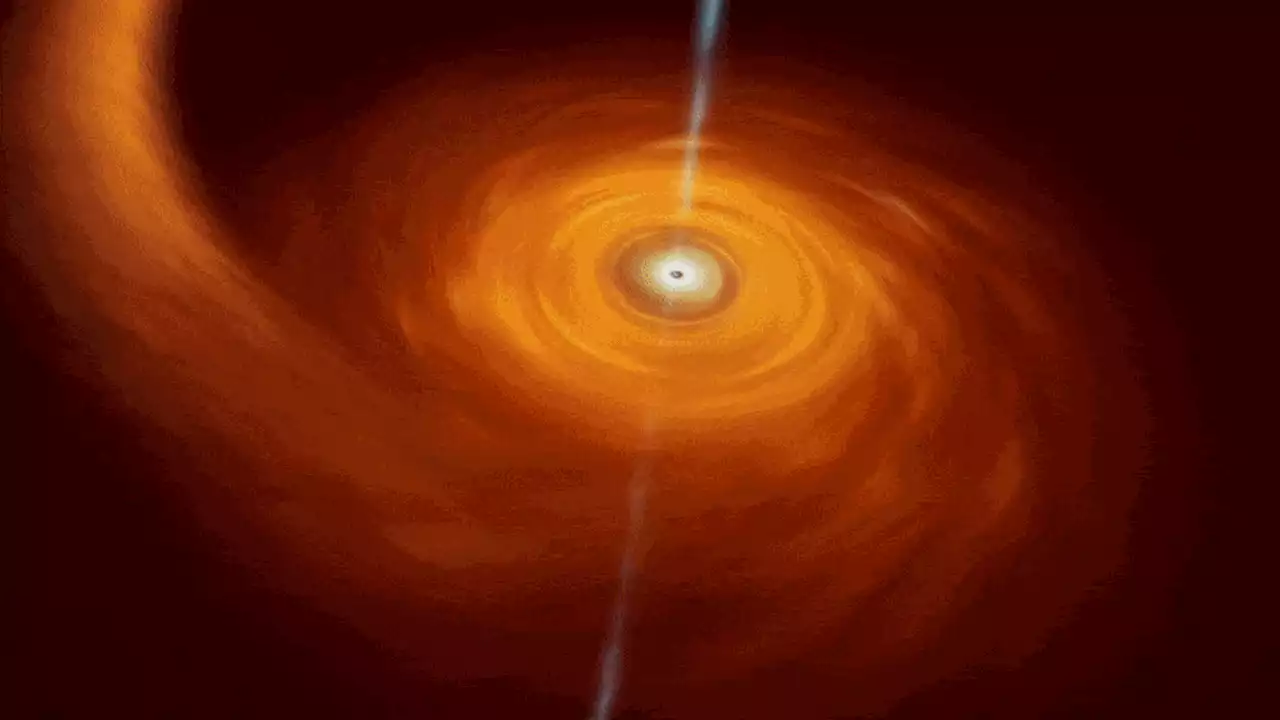 Unprecedented Discovery: Astronomers Observe Most Distant Black Hole Devouring a StarLast year, the European Southern Observatory’s Very Large Telescope (ESO’s VLT) was alerted after an unusual source of visible light had been detected by a survey telescope. The VLT, together with other telescopes, was swiftly repositioned towards the source: a supermassive black hole in a distant g
Unprecedented Discovery: Astronomers Observe Most Distant Black Hole Devouring a StarLast year, the European Southern Observatory’s Very Large Telescope (ESO’s VLT) was alerted after an unusual source of visible light had been detected by a survey telescope. The VLT, together with other telescopes, was swiftly repositioned towards the source: a supermassive black hole in a distant g
Read more »
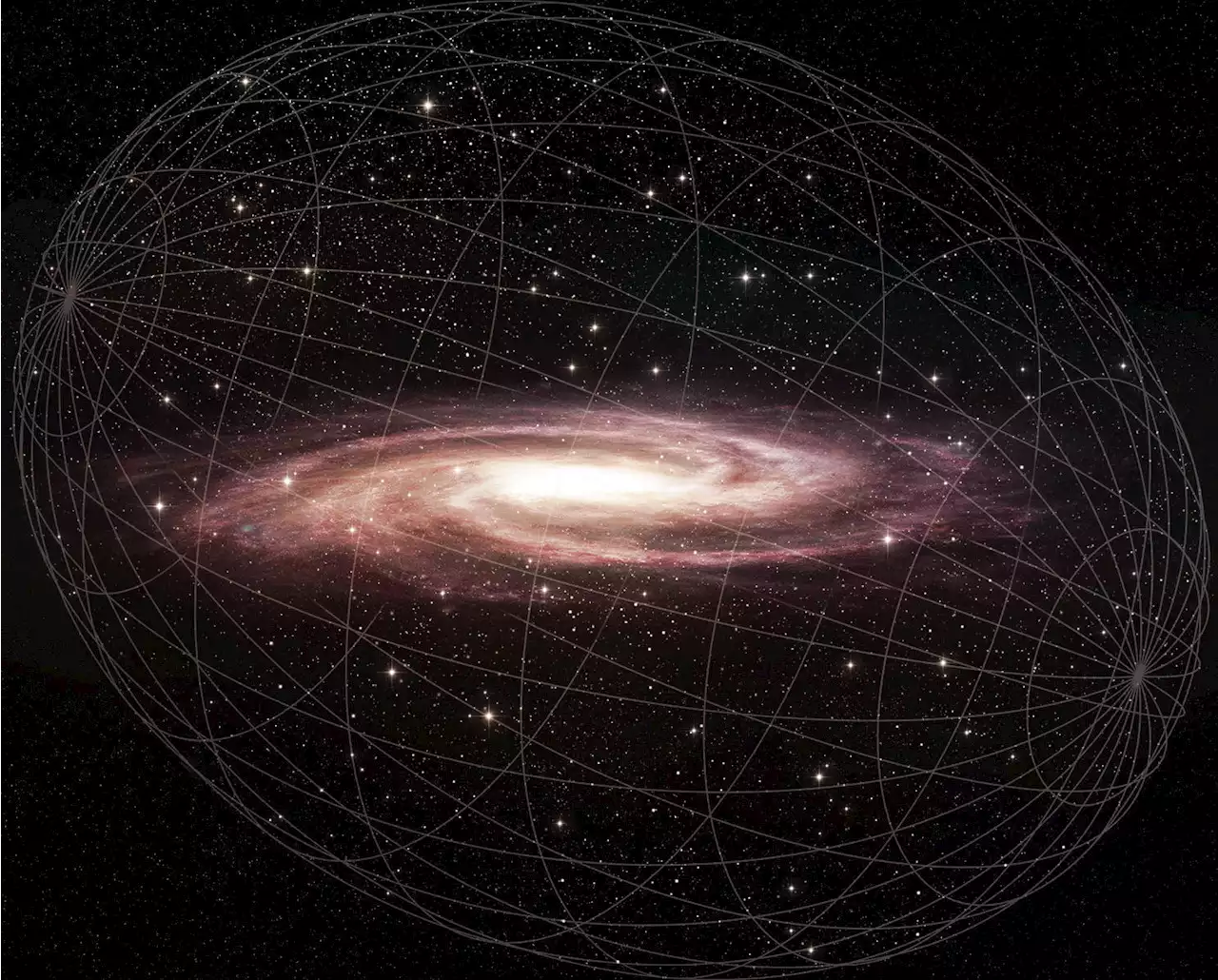 Harvard Astronomers Have Revealed the True Shape of the Milky Way’s Halo of StarsA recent study has unveiled the true shape of the diffuse cloud of stars surrounding the disk of our galaxy, known as the stellar halo. Previously thought to be largely spherical, like a beach ball, the new model, based on modern observations, shows that the stellar halo is oblong and tilted, simila
Harvard Astronomers Have Revealed the True Shape of the Milky Way’s Halo of StarsA recent study has unveiled the true shape of the diffuse cloud of stars surrounding the disk of our galaxy, known as the stellar halo. Previously thought to be largely spherical, like a beach ball, the new model, based on modern observations, shows that the stellar halo is oblong and tilted, simila
Read more »
 Twin black holes caught chowing down on the leftovers of a galaxy mergerBinary black holes may be more common than astronomers realized, according to new research.
Twin black holes caught chowing down on the leftovers of a galaxy mergerBinary black holes may be more common than astronomers realized, according to new research.
Read more »